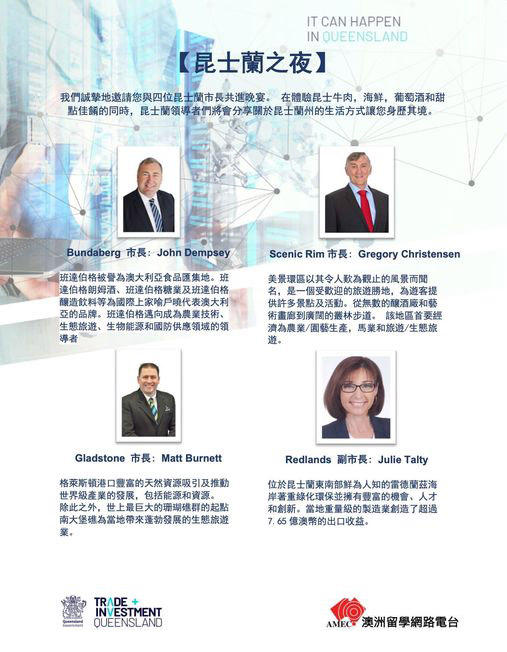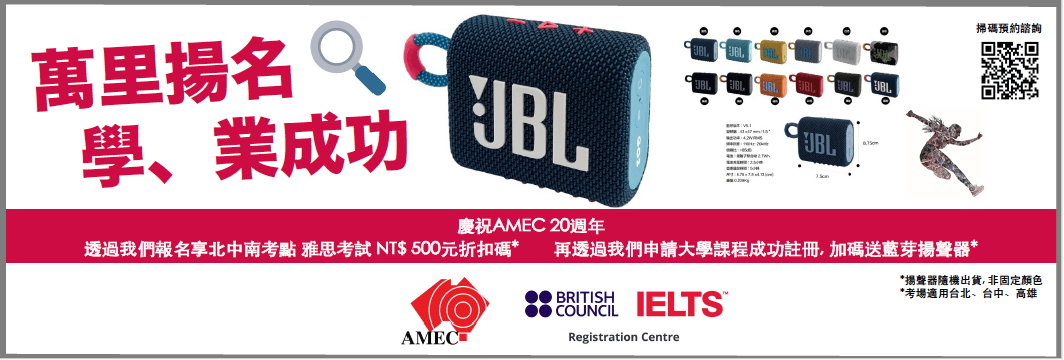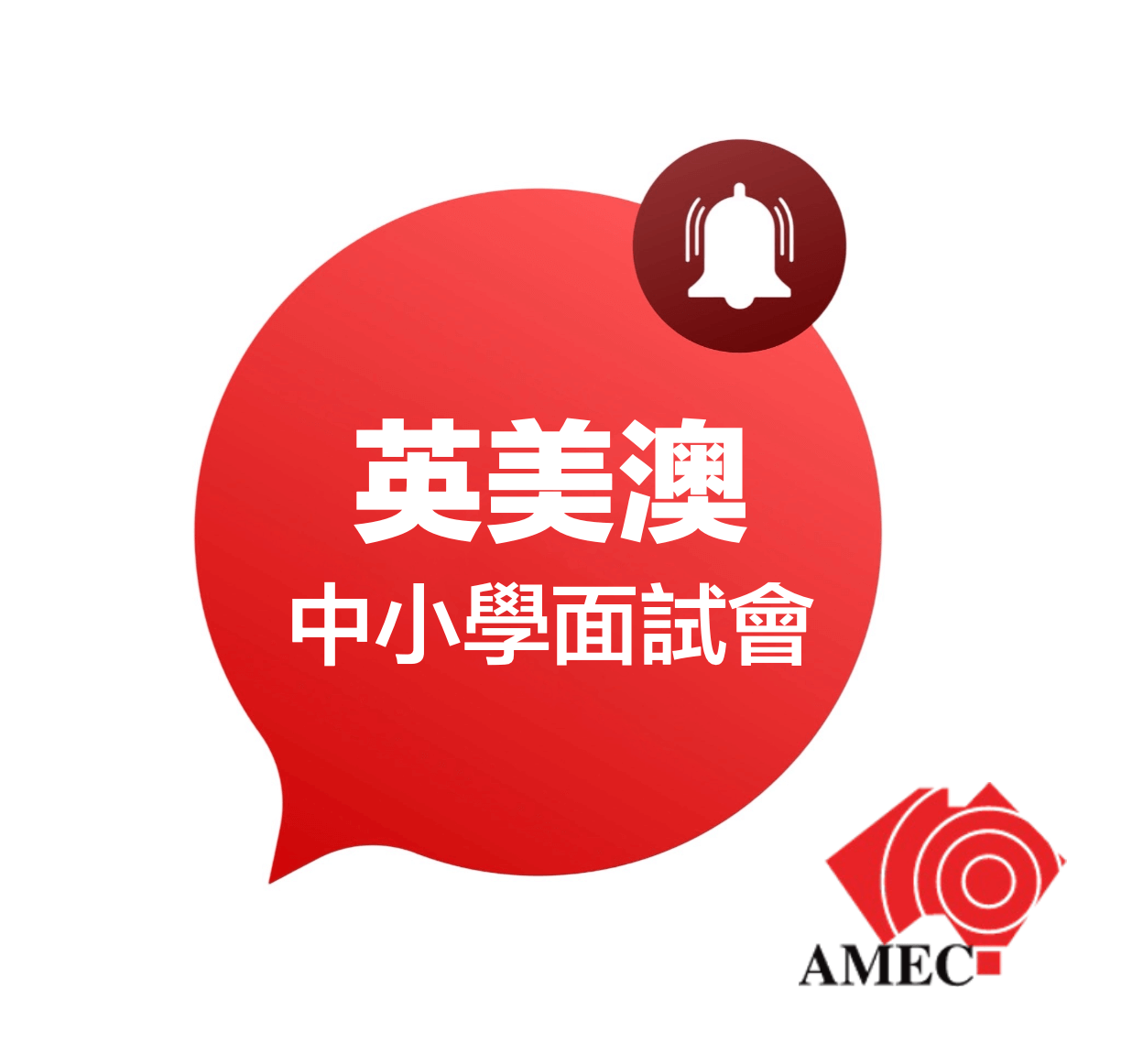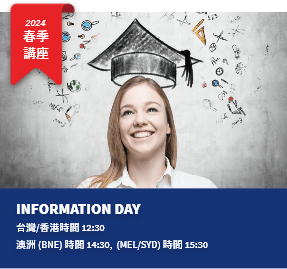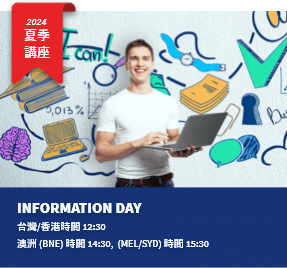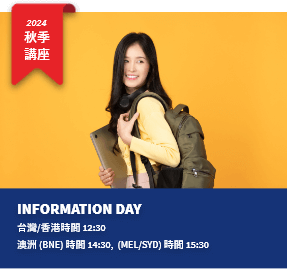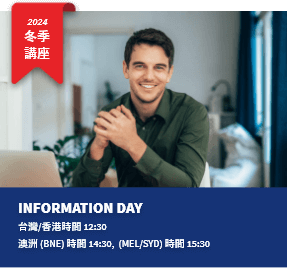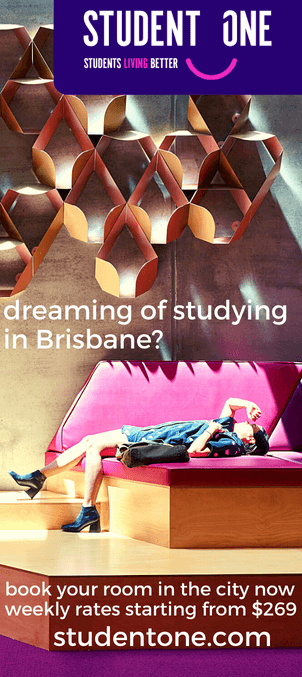Studying Aboard
What is TOFEL
Internet-based test
Since its introduction in late 2005, the TOEFL Internet-based Test (iBT) format has progressively replaced the computer-based tests (CBT) and paper-based tests (PBT), although paper-based testing is still used in select areas. The TOEFL iBT test has been introduced in phases, with the United States, Canada, France, Germany, and Italy in 2005 and the rest of the world in 2006, with test centers added regularly. The CBT was discontinued in September 2006 and these scores are no longer valid.
Initially, the demand for test seats was higher than availability, and candidates had to wait for months. It is now possible to take the test within one to four weeks in most countries. The four-hour test consists of four sections, each measuring one of the basic language skills (while some tasks require integrating multiple skills), and all tasks focus on language used in an academic, higher-education environment. Note-taking is allowed during the TOEFL iBT test. The test cannot be taken more than once every 3 days, starting from September 2019.
- Reading
The Reading section consists of questions on 3-4 passages, each approximately 700 words in length and with 10 questions. The passages are on academic topics; they are the kind of material that might be found in an undergraduate university textbook. Passages require understanding of rhetorical functions such as cause-effect, compare-contrast and argumentation. Students answer questions about main ideas, details, inferences, essential information, sentence insertion, vocabulary, rhetorical purpose and overall ideas. New types of questions in the TOEFL iBT test require filling out tables or completing summaries. Prior knowledge of the subject under discussion is not necessary to come to the correct answer. - Listening
The Listening section consists of questions on 2-3 conversations with 5 questions each, and 5-7 lectures with 6 questions each. Each conversation is 2.5-3 minutes and lectures are 4.5-5.5 minutes in length. The conversations involve a student and either a professor or a campus service provider. The lectures are a self-contained portion of an academic lecture, which may involve student participation and does not assume specialized background knowledge in the subject area. Each conversation and lecture passage is heard only once. Test-takers may take notes while they listen and they may refer to their notes when they answer the questions. The listening questions are meant to measure the ability to understand main ideas, important details, implications, relationships between ideas, organization of information, speaker purpose and speaker attitude. - Speaking
The Speaking section consists of 4 tasks: 1 independent (Task 1) and 3 integrated (Task 2, 3, 4). In task 1, test-takers answer opinion questions on familiar topics. They are evaluated on their ability to speak spontaneously and convey their ideas clearly and coherently. In task 2 and 4, test-takers read a short passage, listen to an academic course lecture or a conversation about campus life and answer a question by combining appropriate information from the text and the talk. In task 3, test-takers listen to an academic course lecture and then respond to a question about what they heard. In the integrated tasks, test-takers are evaluated on their ability to appropriately synthesize and effectively convey information from the reading and listening material. Test-takers may take notes as they read and listen and may use their notes to help prepare their responses. Test-takers are given a short preparation time before they have to begin speaking. The responses are digitally recorded, sent to ETS’s Online Scoring Network (OSN), and evaluated by three to six raters. - Writing
The Writing section measures a test taker’s ability to write in an academic setting and consists of two tasks: one integrated and one independent. In the integrated task, test-takers read a passage on an academic topic and then listen to a speaker discuss it. The test-taker then writes a summary about the important points in the listening passage and explains how these relate to the key points of the reading passage. In the independent task, the test-taker must write an essay that states their opinion or choice, and then explain it, rather than simply listing personal preferences or choices. Responses are sent to the ETS OSN and evaluated by at least 3 different raters.[11]
| Task | Description | Approximate time |
|---|---|---|
| Reading | 3-4 passages, each containing 10 questions | 54-72 minutes |
| Listening | 5-7 passages, each containing 5–6 questions | 41-57 minutes |
| Break | Mandatory break | 10 minutes |
| Speaking | 4 tasks | 17 minutes |
| Writing | 2 tasks | 50 minutes |
One of the sections of the test will include extra, uncounted material. Educational Testing Service includes extra material to pilot test questions for future test forms. When test-takers are given a longer section, they should give equal effort to all of the questions because they do not know which question will count and which will be considered extra. For example, if there are four reading passages instead of three, then one of the passages will not be counted. Any of the four could be the uncounted one.
Want to take some TOEFL practice test online?
創新永續起手式-智慧城市淨零減碳
因應智慧城市趨勢發展, 全球關注的淨零減碳工作刻不容緩, 互聯網將科技緊緊聯繫著我們, 跨洋過海, 即將到來的2023台北高雄「智慧城市展」吸引國際智慧城市前來參訪, 台灣是科技島, 世界正在看台灣。我們特別邀請澳洲昆士蘭商務局Trade & Investment Queensland, 於2023年3月27日, 參與【昆士蘭之夜】與台灣能源、關鍵材料及農業科技GTI們一同切磋及用餐, 引領盼望, 交流連結! 此次昆士蘭之夜我們很榮幸邀請到Bundaberg市長 John Dempsey, Scenic Rim市長 Gregory Christensen, Gladstone市長 Matt Burnett, 及Redlands副市長 Julie Talty一起共進晚宴…more
